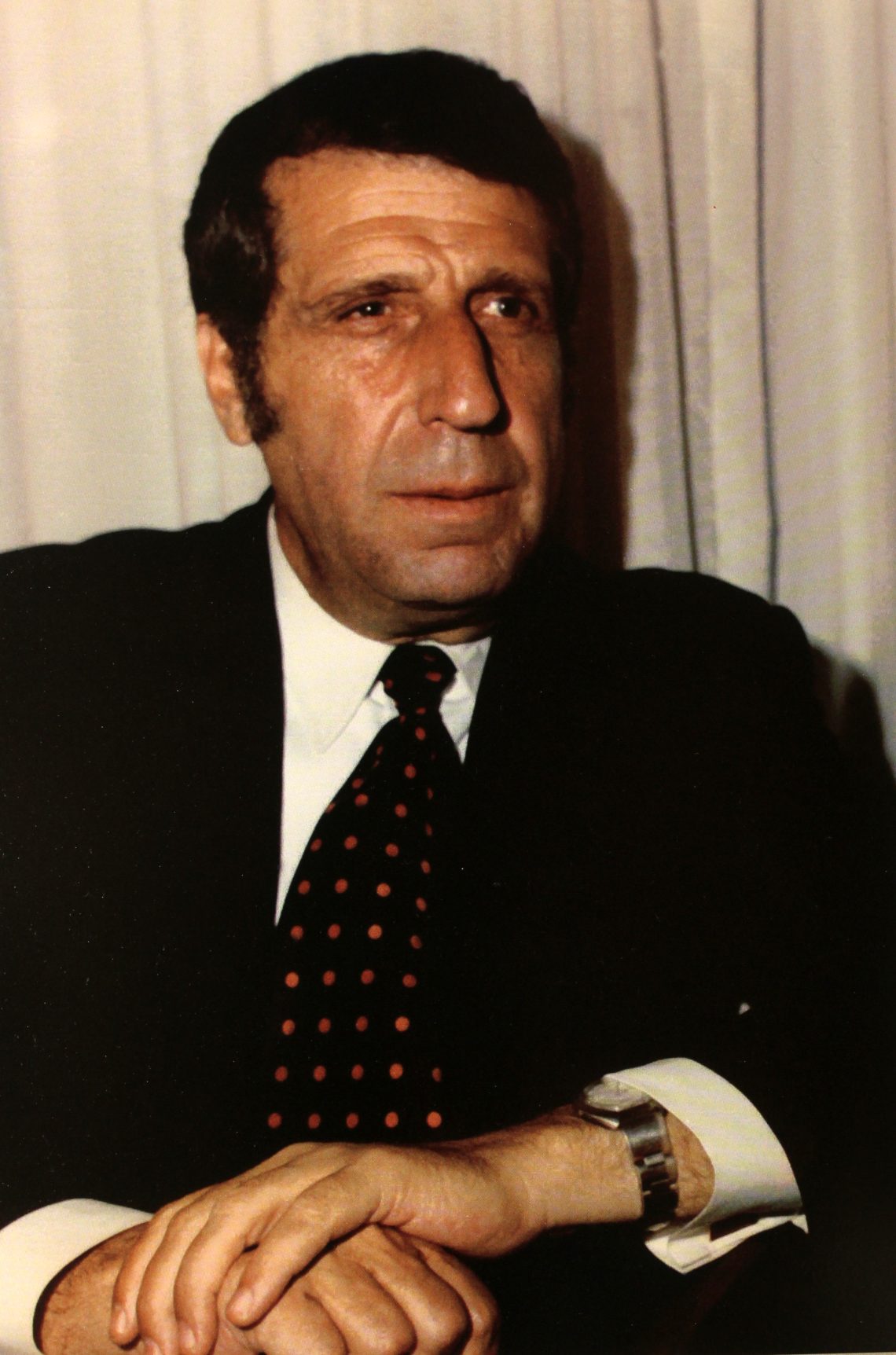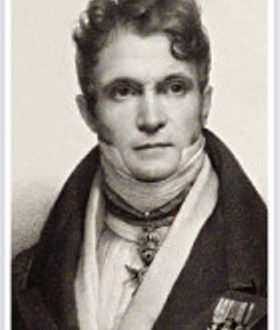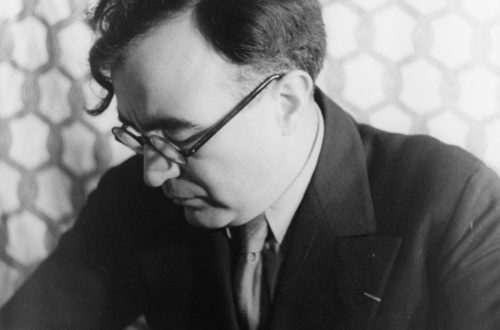
Arno Babadjanian |
Arno Babadjanian
The work of A. Babadzhanyan, firmly connected with the traditions of Russian and Armenian music, has become a significant phenomenon in Soviet music. The composer was born into a family of teachers: his father taught mathematics, and his mother taught Russian. In his youth, Babajanyan received a comprehensive musical education. He first studied at the Yerevan Conservatory in the composition class with S. Barkhudaryan and V. Talyan, then moved to Moscow, where he graduated from the Musical College. Gnesins; here his teachers were E. Gnesina (piano) and V. Shebalin (composition). In 1947, Babajanyan graduated as an external student from the composition department of the Yerevan Conservatory, and in 1948 from the Moscow Conservatory, piano class of K. Igumnov. At the same time, he improved in composition with G. Litinsky in the studio at the House of Culture of the Armenian SSR in Moscow. Since 1950, Babajanyan taught piano at the Yerevan Conservatory, and in 1956 he moved to Moscow, where he devoted himself entirely to composing music.
Babajanian’s individuality as a composer was influenced by the work of P. Tchaikovsky, S. Rachmaninov, A. Khachaturian, as well as the classics of Armenian music – Komitas, A. Spendiarov. From the Russian and Armenian classical traditions, Babajanyan absorbed what most corresponded to his own sense of the world around him: romantic elation, open emotionality, pathos, drama, lyrical poetry, colorfulness.
Writings of the 50s – “Heroic Ballad” for piano and orchestra (1950), Piano Trio (1952) – are distinguished by emotional generosity of expression, cantilena melody of wide breathing, juicy and fresh harmonic colors. In the 60s – 70s. in the creative style of Babadzhanyan there was a turn to new imagery, new means of expression. The works of these years are distinguished by restraint of emotional expression, psychological depth. The former song-romance cantilena was replaced by the melody of an expressive monologue, tense speech intonations. These features are characteristic of the Cello Concerto (1962), the Third Quartet dedicated to the memory of Shostakovich (1976). Babajanyan organically combines new compositional techniques with ethnically colored intonation.
Special recognition was won by Babadzhanyan the pianist, a brilliant interpreter of his compositions, as well as works of world classics: R. Schumann, F. Chopin, S. Rachmaninov, S. Prokofiev. D. Shostakovich called him a great pianist, a performer on a large scale. It is no coincidence that piano music occupies an important place in Babajanyan’s work. Brightly started in the 40s. With the Vagharshapat Dance, Polyphonic Sonata, the composer created a number of compositions that later became “repertoire” (Prelude, Capriccio, Reflections, Poem, Six Pictures). One of his last compositions, Dreams (Memories, 1982), was also written for piano and orchestra.
Babajanyan is an original and multifaceted artist. He devoted a significant part of his work to the song that brought him the greatest fame. In Babajanyan’s songs, he is attracted by a keen sense of modernity, an optimistic perception of life, an open, confidential manner of addressing the listener, and bright and generous melody. “Around Moscow at Night”, “Don’t Hurry”, “The Best City on Earth”, “Remembrance”, “Wedding”, “Illumination”, “Call Me”, “Ferris Wheel” and others gained wide popularity. The composer worked a lot and successfully in areas of cinema, pop music, musical and theatrical genres. He created the musical “Baghdasar Divorces His Wife”, music for the films “In Search of an Addressee”, “Song of First Love”, “Bride from the North”, “My Heart is in the Mountains”, etc. The success and wide recognition of Babajanyan’s work is not just his happy fate. He possessed a true talent for communicating with the public, able to evoke a direct and strong emotional response, without dividing listeners into fans of serious or light music.
M. Katunyan





